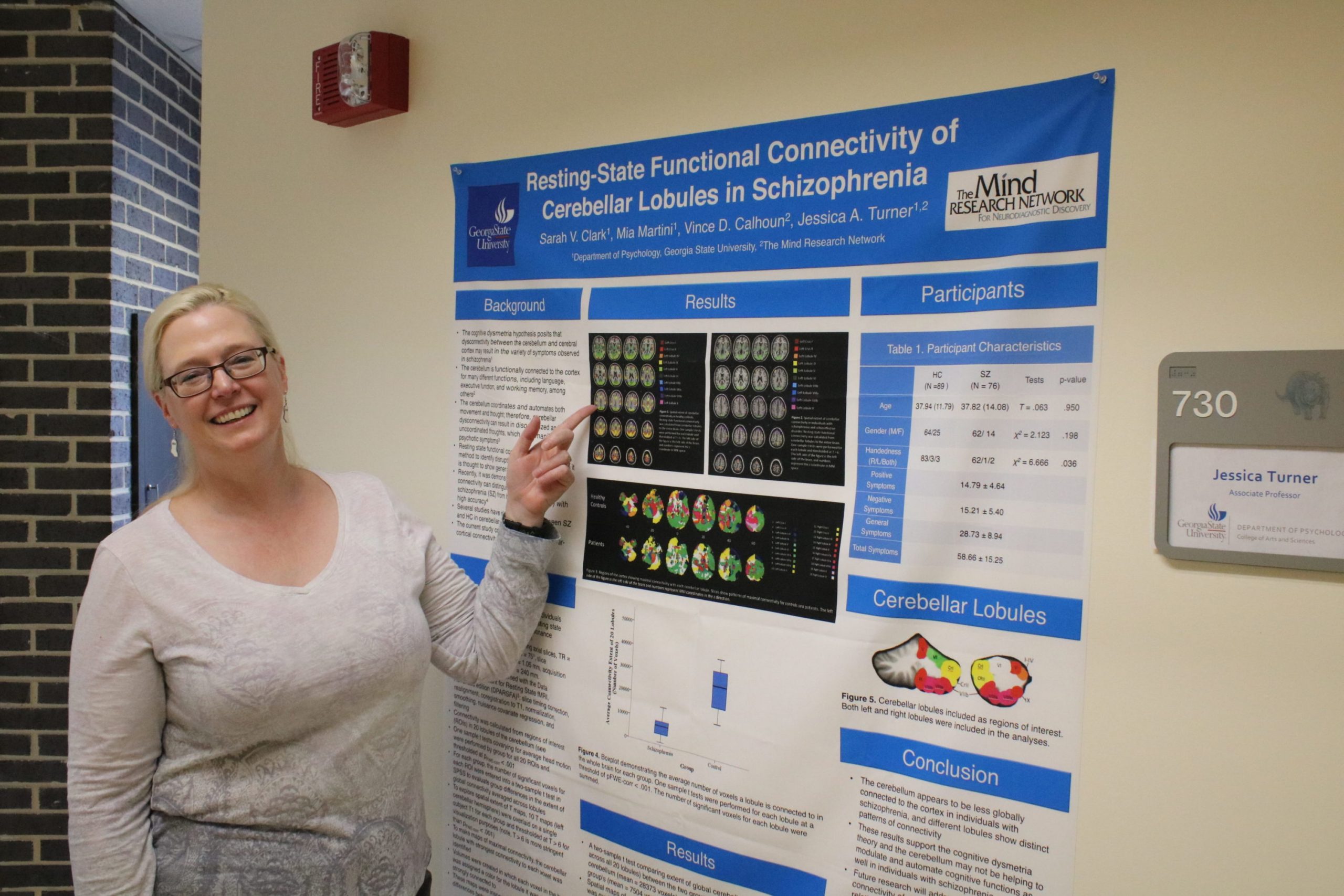
Dr. Vince Calhoun, a future Georgia State professor and world-renowned expert in brain imaging and analysis, has been appointed as founding director of the Center for Translational Research in Neuroimaging and Data Science (TReNDS) at Georgia State.
TReNDS is a tri-institutional merge between Georgia State, Georgia Tech and Emory University.
Calhoun thinks the future of TReNDS will allow researchers to work across departments in order to better understand the brain.
“I envision TReNDS being a center that incentivizes inter-disciplinary and inter-institutional work as we try to unravel the mysteries of the human brain,” Calhoun said. “I’m hoping TReNDS will serve as a catalyst, to increase the amount of basic and applied brain imaging research.”
Calhoun will conduct research with Dr. Jessica Turner, an associate psychology professor at Georgia State.
Calhoun and Turner originally met and worked together in Albuquerque, New Mexico, one of the sites for the Mind Research Network, a nonprofit organization consisting of an interdisciplinary association of scientists.
Turner’s background is in experimental psychology which allowed for a productive collaboration with Calhoun.
“I was already using some multivariate techniques in my analyses, and it was a natural step to start using his approaches,” Turner said. “We’ve been doing research together for at least a decade at this point.”
Although Turner and Calhoun study similar structures, their approaches to those structures are different.
“My focus is how the cognitive processes and internal reality we all live with are generated by the brain, and what role genetics has in how that develops,” Turner said.
Calhoun’s brain imaging and analysis technique counter-balances their approach to research.
“I use the techniques he develops to ask questions about brain structure and function, particularly schizophrenia,” Turner said.
Research in and of itself is not their end game.
“We are both committed to sharing data with the research community, so that more questions can be asked and explored,” Turner said.
Hence, the TReNDS initiative.
“It brings tremendous resources to GSU’s research community,” Turner said. “[Georgia State] should be a powerhouse of this kind of innovation in collaborative research in clinical and cognitive neuroscience.”
Calhoun and Turner’s work exemplifies the interdisciplinary success they seek to promote.
“The creativity in applications that cut across different disciplines—all of these are an immediate benefit to biomedical research community broadly at GSU,” Turner said.
The creativity, problem solving and endured hardship fuels both of their work.
“I have to keep reminding myself what is the goal of all this,” Calhoun said. “It should not be just a ‘turn the crank’ type effort. Stepping back and allowing myself to think about creative ways to solve scientific problems puts me in the right frame of mind.”
Despite Georgia State’s recent recognition of Turner’s work, moments of doubt still settle in.
“There are so many struggles, from the imprecision of the language we use to communicate, through challenges staying funded to do research, to the complexity of the systems we are trying to understand, to internal struggles and self-doubt,” Turner said.
Yet, their endurance and decade-long collaboration, struggles withstanding, testify as a paragon for the TReNDS initiative.
“Research was not just for knowledge alone [anymore] but was part of the larger efforts to help other people, to make the world a less painful place,” Turner said.
